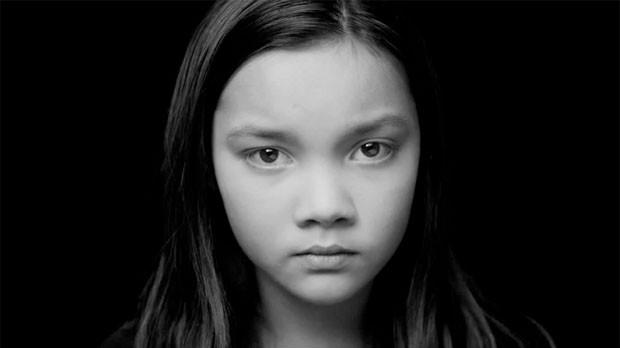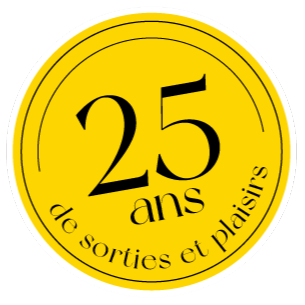Godfrey Reggio’s ‘Visitors’ might offer the most rewarding film experience of 2014
Auteur: Michael-Oliver Harding
In recent years, lots of ink has been spilled about the ‘slow’ movement – slow food, slow design, slow fashion and so on. A medley of voices have spoken out about why faster ain’t always better, why we should take the time to appreciate what we’re doing instead of racing against the clock to get it done. In an age of unbridled productivity and iTech wizardry, it should be quality over quantity, they argue.
One of the movement’s earliest adopters, iconic avant-garde filmmaker (and former monk) Godfrey Reggio gave the world its first “slow filmmaking” cult movie in 1982 with Koyaanisqatsi (which translates to “chaotic life” in the Hopi language) and its ensuing trilogy (Powaqqatsi in 1988 and Naqoyqatsi in 2002). Besides launching Philip Glass’ illustrious career in film scoring and inspiring hordes of imitators (from the mystical Baraka and ‘90s new agers Enigma to Madonna’s spastic Ray of Light video), the dialogue-less Qatsi films used time-lapse photography and clever juxtapositions of images to music to create one-of-a-kind, contemplative cinematic experiences that never dictated what viewers ought to think.
Now, eleven years after wrapping the Qatsi trilogy, Reggio makes his highly anticipated return to film with Visitors, another dialogue and narration-free mediation on modern life that takes the 73-year-old filmmaker’s signature pastiche of human/nature/technology imagery to a whole new, black-and-white, 4K resolution level. Presented by Steven Soderbergh and co-produced by Montreal’s Phi Films, the breathtaking Visitors is Reggio’s most defiant, brazen call to slow the heck down. With only 74 cuts in a film that clocks in at 87 minutes, this experiential montage of natural landscapes (swamps, buildings, the moon!), human faces and a lowland gorilla all starting at the camera (i.e., at us, in what Reggio calls the “reciprocal view”) is meant to be digested at an unhurried pace.
“Visitors is meant to evoke what’s within each one of us, which I call the ‘aesthetic triplets’: sensation, emotion and perception,” explained a very affable Reggio on the line from New Mexico. “All of us have it. They might be in deep slumber, but they’re there. Or they might be wildly active, I don’t know. The stiller a person is, the more heightened their senses become. It’s like any journey, it might be a little uncomfortable at first, but if you stay with it, like any kind of running exercise, it could reward you.”
Reggio will be the first to tell you that his films aren’t for everyone – they’re not meant “to entertain or explain anything, but rather to affect viewers.” With the Qatsi trilogy, he remembers people walking out of theatres, “sometimes in wades,” but also many people staying. “It’s not a mass man product. For those who are willing to leave their familiar journey, they might be surprised with what they find.” Visitors is remarkably difficult to talk about given that its very subject is you, the viewer, watching it – you become the storyteller, character and plot of the film. If you can let go of trying to ‘understand’ each of Visitors’ 74 enigmatic shots, your reward might come in the form of a trance-inducing experience where you temporarily unplug your overly bombarded 21st-century brain and feel something entirely unlike the person sitting next to you.
“It’s like going to the hamburger stand and you get a bun, but there’s no meat in it,” explains Reggio. “If you go to the film and you look for meaning, you’re going to miss the whole thing. You have to, like a traveler, sit down, buckle your soul belt and take in the sights. Let the sights start speaking to you, see what happens, just like taking a trip. We’ve all had that experience, but we don’t usually go to a cinema to have that experience.”
Visitors
Now playing at Excentris | cinemaexcentris.com











